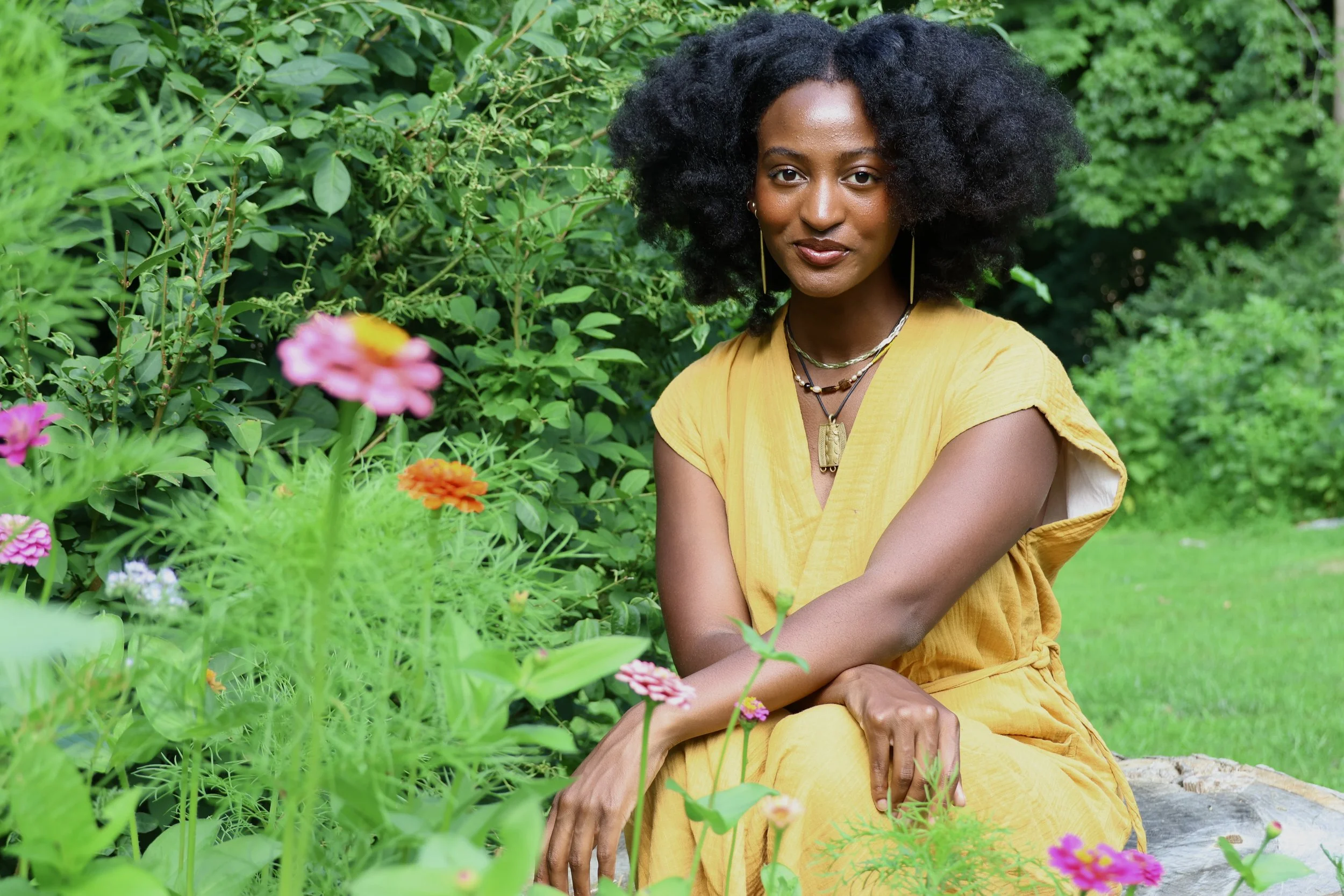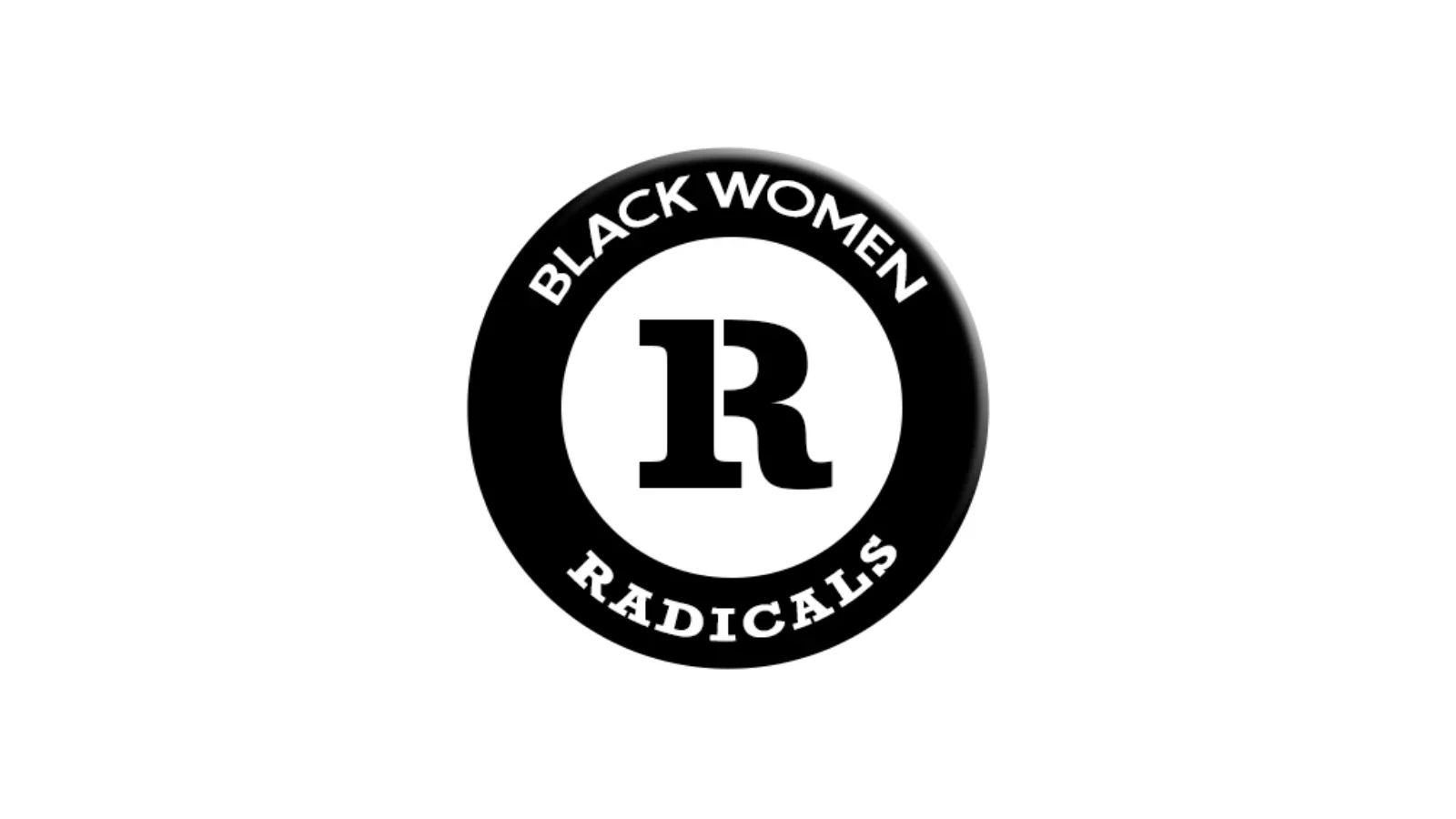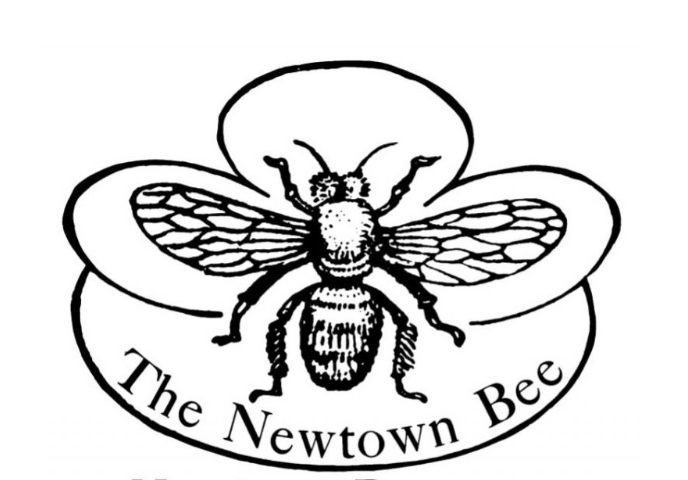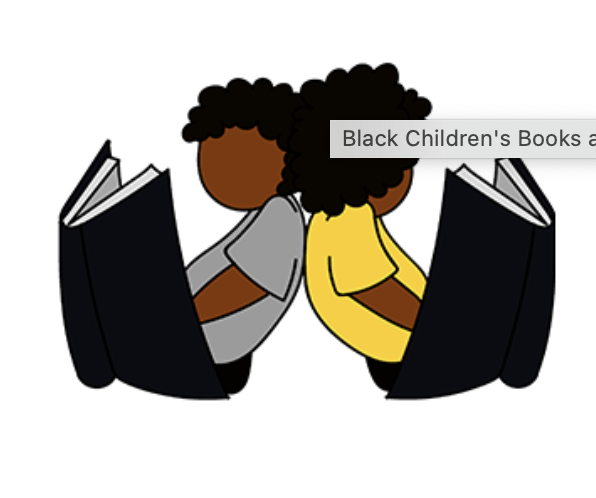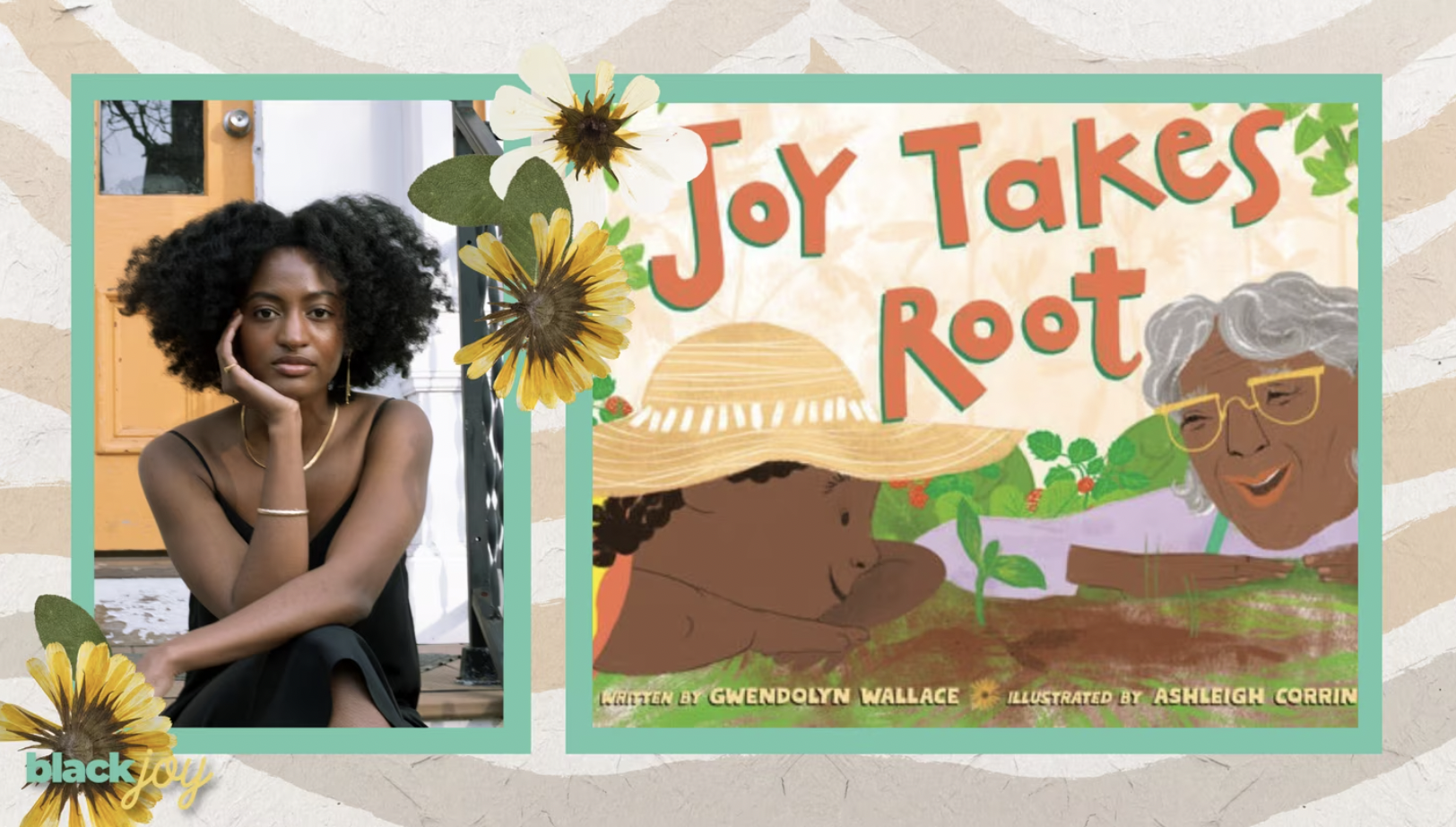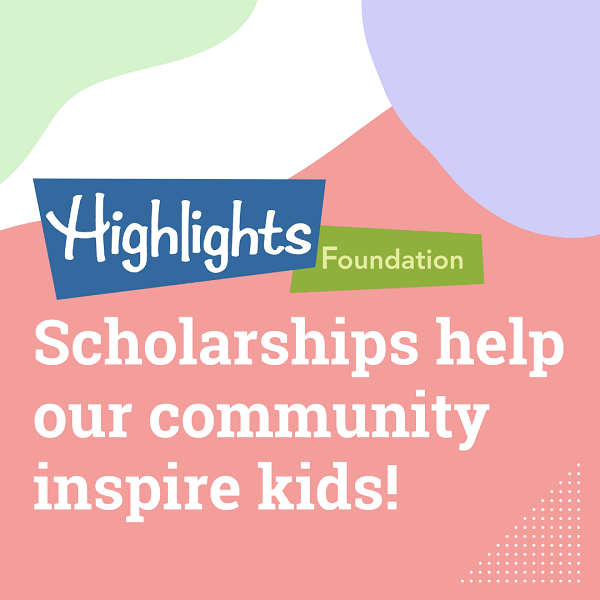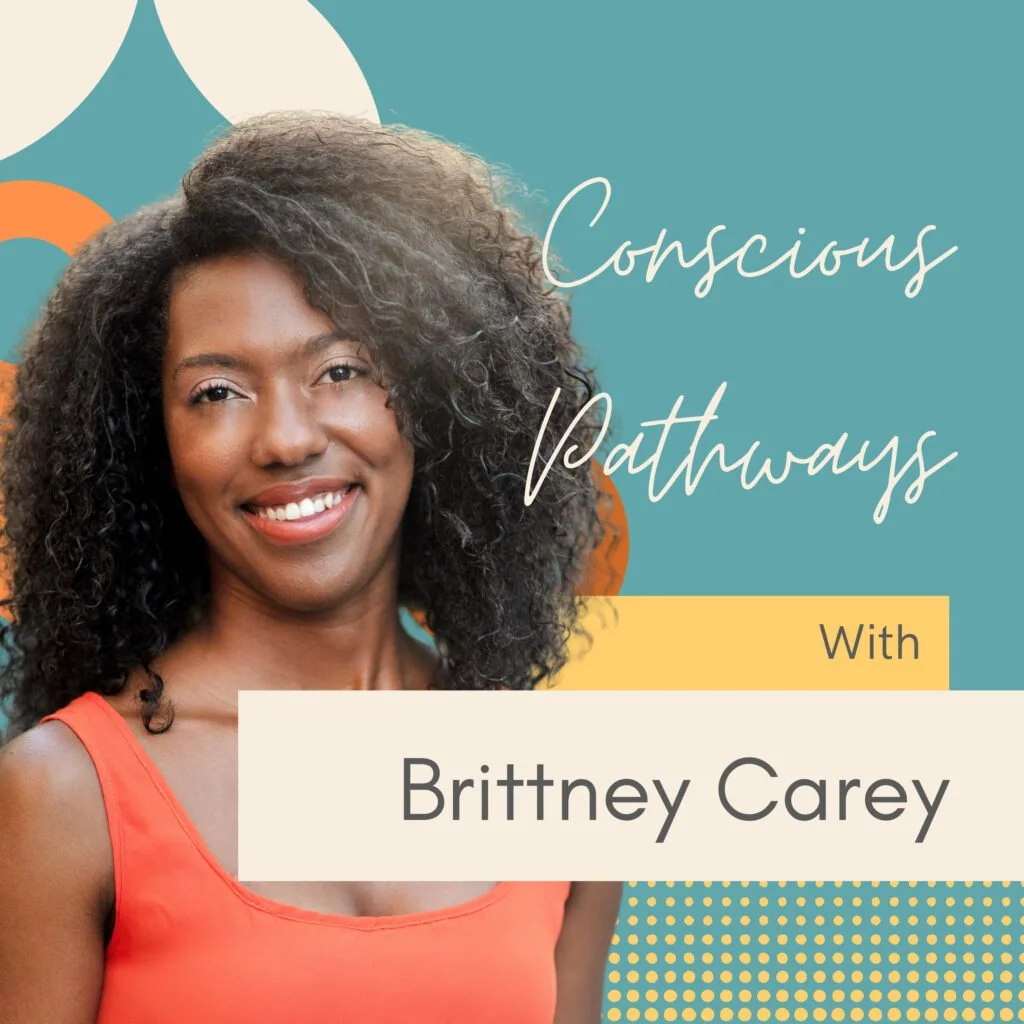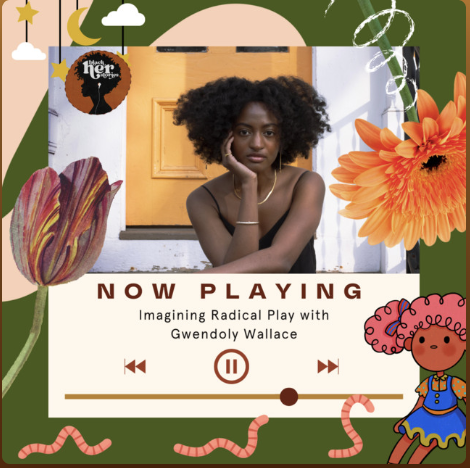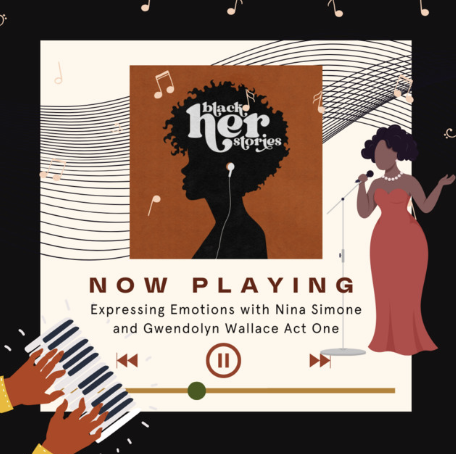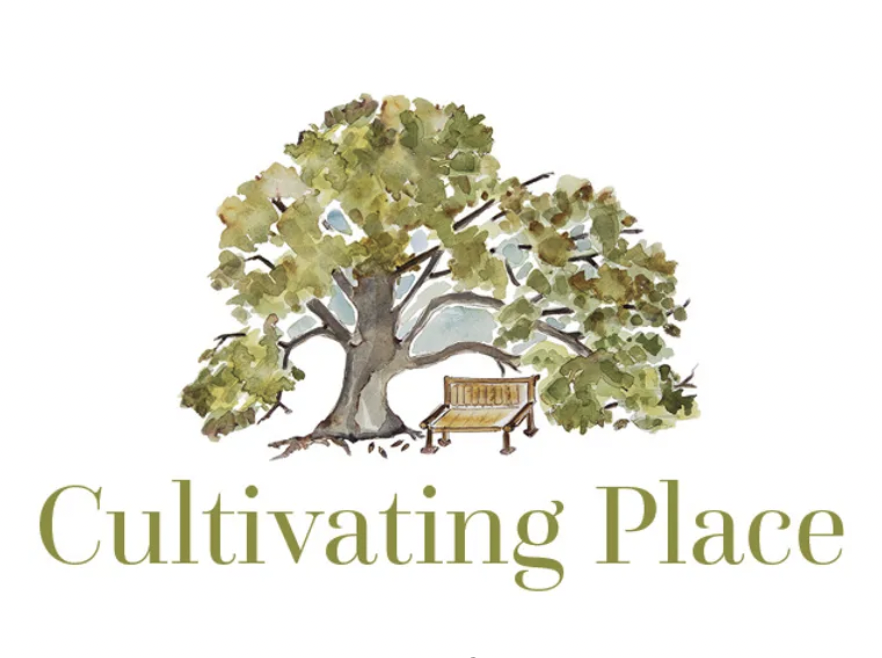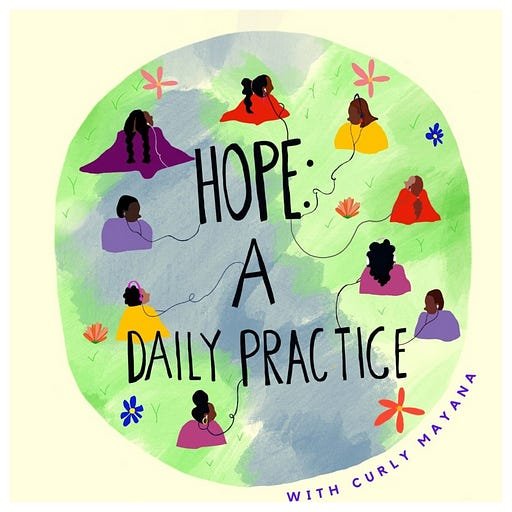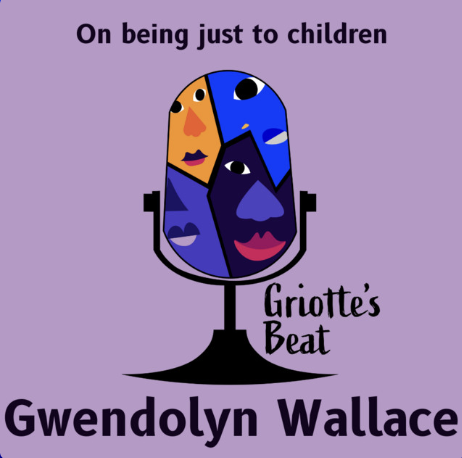IN THE MEDIA
“To me, dreaming about a future where kids are part of your life—whether your own, your neighbors', or your friends'—is a radical act of hope for those of us engaged in struggles for social justice. If you believe that a better world is possible as much as I do, it’s a practice of hope to think with and about the people who will grow up in it, and grow up to shape it.”
“I loved telling stories for as long as I can remember. I’d often enlist my parents to control different stuffed animals as I directed a long play for them. I remember writing a story that took up multiple composition books about a girl and a dragon. I wanted them typed up, but couldn’t type well yet, so my mom had one of her friends come over and type up this story for me. One of my minor claims to fame is that in eighth grade, I won my school’s “Poet Laureate” award.”
“As a Black woman writing about the experiences of Black children and Black people, my goal is to speak to a distinctly Black mode of living and way of thinking that draws from my experiences. That goes beyond just seeing someone who looks like you: it’s also important that I’m giving children tools in my books, that I’m passing on lessons that I wish had been explained to me when I was 6. I approach writing for children and interacting with them with the understanding that we, as adults, have just as much to learn from them as we have to teach them.”
“I’ve read books that have saved my life. I want children, especially those who maybe don’t get as much love from the world, to feel so incredibly loved and held. That’s why I share my history and culture. I don’t ever want children to feel like they’re too small to make a difference or not as important as adults, or that their voice doesn’t matter until they get to a certain age.”
“Sometimes I am Maya in the middle of the book, filled with pessimism about the future of the world. However, I spend more and more time in the same emotional space as Maya at the end of the book: feeling held by revolutionary Black women past and present, love for the many communities I am a part of, and confidence in our collective capacity to change this world for the better.”
“To be honest, my writing for adults and children tackles very similar issues and themes. I am fascinated by the stories people tell about the relationship between their bodies and their environments, and how histories of race and gender influence those stories. Every topic can be explained to children in an age-appropriate way.”
“As radical people, thinking about how we can incorporate children into our movements is really important; seeing them not as property but as people who have just as much to teach us as we have to teach them. As adults, if we can talk to children, if we can truly be in community with children, and see them as collaborators, that’s the best we can do. I think that makes the burden feel lighter for all of us.”
“I wrote my newest picture book, The Light She Feels Inside, in response to this mourning. The book follows a Black girl named Maya who doesn’t know what to do with her many different emotions about the world. But she meets a kind librarian who shows her what Black women throughout history have done with their big feelings, and how they used them to make a positive change in their communities.”
“Joy Takes Root is a story ‘about cultural retention ... about how we pass down traditions, and how we pass down hope and thankfulness even amongst these really, really hard and terrible histories,’ said Wallace. It reflects her experiences as a Black woman and descendant of the Gullah Geechee people.”
“Joy Takes Root follows a Black girl named Joy as she explores her grandmother’s garden in South Carolina. As Joy connects with the plants, she also connects with herself, her grandmother, and her ancestors. It’s a story of mindfulness, gratitude, and intergenerational relationships. It also draws from my experiences gardening with my paternal grandmother in South Carolina!”
“I was not someone who considered myself very in touch with my body, but there was just something about feeling my bare feet in the soil, touching a leaf and learning to tell what my plant needed. . . searching on my hands and knees for strawberries, talking to my plants. . .those things made me feel connected to both myself and the earth in a way I hadn’t before…”
“Courage” was the recurring call to action and inspiration at the eighth annual Kweli Color of Children’s Literature Conference, which took place from Friday, March 31 to Sunday, April 2. The event featured a notable lineup of authors, illustrators, and publishing professionals participating in the nation’s largest children’s book conference exclusively for Black, Indigenous, and other creators of color. For the first time since the pandemic began in 2020, the conference offered day-long, in-person sessions.”
“‘After volunteering in numerous classrooms and working at summer camps, I realized how much we can learn from children if only we listen. I tell people that I have learned more about love, community, and justice from children than I ever have from adults. All children deserve books that are honest with them about this wild world, and I wasn’t seeing enough of that in the classrooms I worked in,’ said scholarship recipient Gwendolyn Wallace in her application.”
ARTICLE FEATURES
“Join host Brittney Carey in a captivating conversation with Gwendolyn Wallace, a distinguished researcher and children’s literature author, as they delve into the transformative impact of representation and authentic diversity in early childhood education. In this episode, they explore the intersection of children's literature, social justice, and critical thinking, emphasizing the vital role of literature in shaping young minds.”
Tune in to hear an interview with Gwendolyn Wallace.Together [Black Her Stories and Wallace] dive into nuances of navigating strong emotions, the insightful moment that motivated her to write the book, and how Wallace’s early childhood experience informed the Light that She Feels Inside.
In this episode, [Black Her Stories] dips [their] baby toes into a conversation with Gwendolyn Wallace. Gwendolyn Wallace is a New York City-based researcher, storyteller, and children’s literature author. Her work for both children and adults centers Afrodiasporic voices to explore the unfolding relationship between the spatial logics of colonialism and our body-minds.
“Gwendolyn Wallace is a gardener, a student, a teacher, a historian, and the author of two new works of illustrated children’s literature. Joy Takes Root, and The Light She Feels Inside (both published this year) are works grounded in the human impulse to garden…”
“Who better to help us imagine new worlds than kids, who have the biggest and brightest imaginations? And so I really wanted to write a book about socio-emotional learning for kids that took them out of their own head and asked ‘What is going on in my community? What is going on with the world around me? How can I make change? How do I find role models?’”
“This week, we're picking up a question that was lingering from our conversation with Layli: how do we know when we’re being unjust to children? In today’s episode, we’ll be speaking to Gwendolyn Wallace, a children’s book author, about how injustice is baked into the way we see and engage children, and how we can learn to be more just in our interactions with them.”



